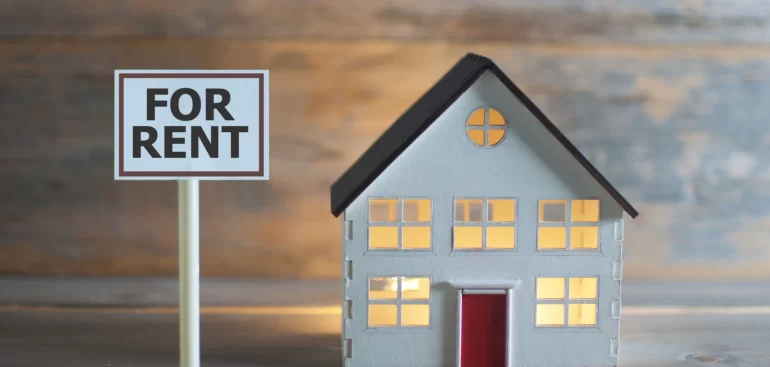MBA Nov. 2 Weekly Survey: Applications Fall 6th Straight Week
Mortgage applications decreased for a sixth consecutive week, despite a slight decline in mortgage rates, according to the Mortgage Bankers Association’s Weekly Mortgage Applications Survey for the week ending Oct. 28.
On a seasonally adjusted basis, the Market Composite Index decreased by 0.5%, and the unadjusted refinance index rose by 0.2% from the previous week. From 28.2% of all applications, the refinance percentage of mortgage activity increased to 28%. At the same time, the seasonally adjusted Purchase Index fell by 1%.
FHA applications dropped from 13.9% the week before to 13.5%. The percentage of VA applications dropped from 10.7% of all applications the previous week to 10.3% this week. The USDA’s portion of all applications stayed at 0.5% of the prior week.
“The 30-year fixed rate decreased for the first time in over two months to 7.06% but remained close to its highest since 2002,” said Joel Kan, MBA Vice President and Deputy Chief Economist. “Apart from the ARM loan rate, rates for all other loan types were more than three percentage points higher than they were a year ago. These elevated rates continue to put pressure on both purchase and refinance activity and have added to the ongoing affordability challenges impacting the broader housing market, as seen in the deteriorating trends in housing starts and home sales.“
Kan added that refinance applications ran more than 80% behind last year’s rate, although most homeowners had locked in much-reduced rates. He said the refinancing proportion of applications was 28.6%, the seventh consecutive week where it fell below 30%.
CoreLogic: Thriving Home Price Growth in Less Expensive Areas as Other Regions Moderate
Even though home sales and the number of purchase mortgages continued their months-long declines in September, annual home price increases remained in the double digits. Compared to the same month in 2021, the CoreLogic Home Price Index (HPI), the first look each month at prices from the previous two months, increased by 11.4% this year. Even if mortgage rates are rising, appreciation is still substantial but has significantly decreased from the annual pace of 20.9% that it was in both March and April.
In July, month-to-month variations became negative. The growth rate dropped from August to September by 0.5%.
Homebuyer enthusiasm for properties in relatively cheaper places is probably being fueled by home prices in more expensive states on the West Coast and Northeast. According to CoreLogic, the states in the Southeast may benefit from this out-migration. Florida has led the country in home price growth for eight straight months.
Additionally, CoreLogic projects the direction of price growth over the next year. According to the HPI, annual home price growth in the United States will continue to decelerate over the following 12 months, reaching 3.9% by September 2023, and prices won’t change between September and October 2022.
Next week’s potential market-moving reports are:
- Monday, November 7th – Consumer Credit
- Tuesday, November 8th – NFIB Small Business Index
- Wednesday, November 9th – No Report
- Thursday, November 10th – Initial Jobless Claims, Continuing Jobless Claims, Federal Budget
- Friday, November 11th – Consumer Sentiment
As your mortgage and real estate professional, I am happy to assist you with any information you may need regarding mortgage or real estate trends. I welcome the opportunity to serve you in any way I possibly can. Please feel free to reach me at (800) 216-1047.



